All products featured are independently chosen by us. However, SoundGuys may receive a commission on orders placed through its retail links. See our ethics statement.
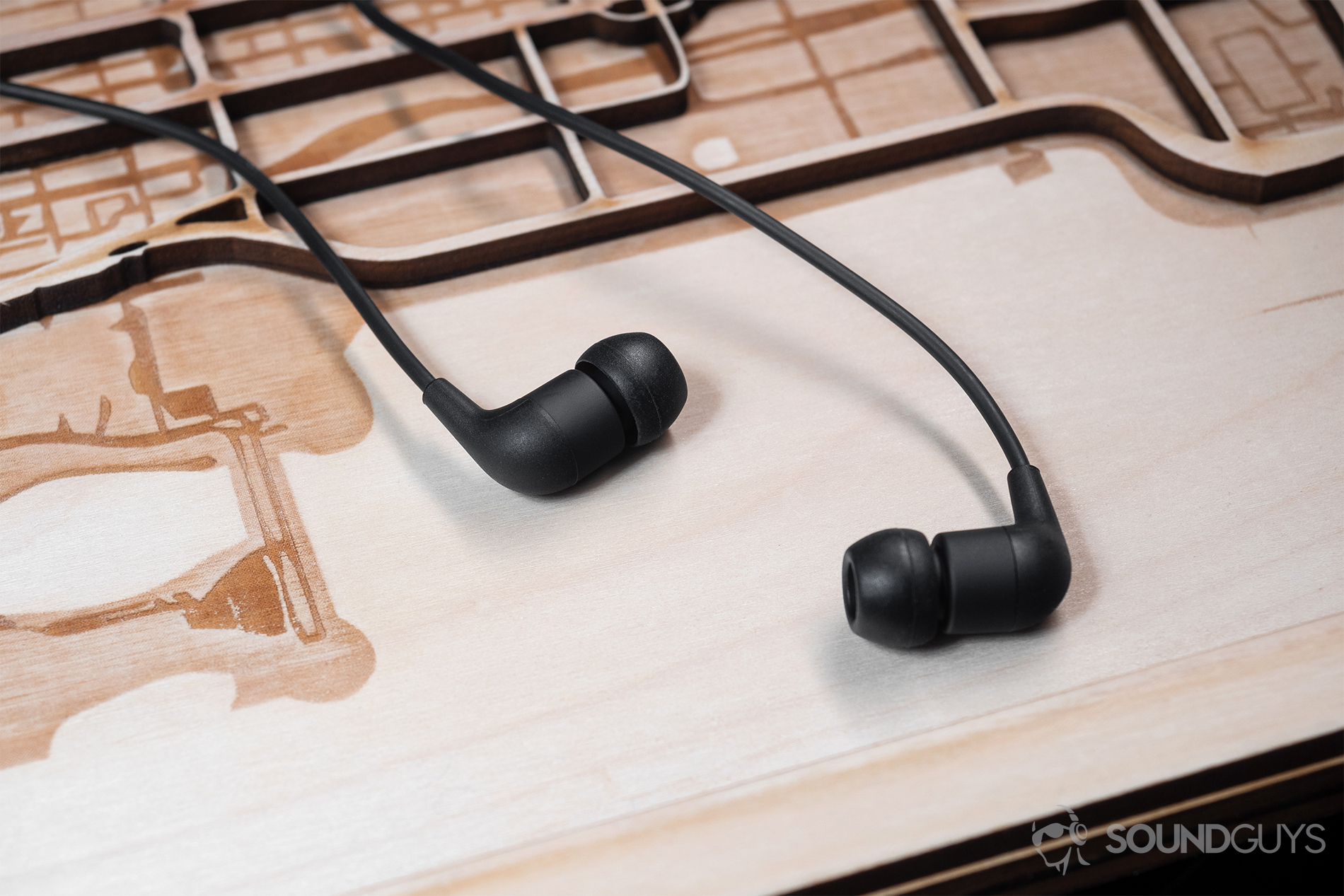
AiAiAi Pipe 2.0
October 11, 2018
$40
125cm (length)
18g
Pipe 2.0
Due to the headphone jack’s slow demise, USB-C headphones are nearing their heyday. The AiAiAi Pipe 2.0 is an accessible pair of earbuds with basic functionality and a basic but tasteful design. The integrated microphone and three-button remote is easy to use, but there are a few follies of the Pipe 2.0 that listeners should consider before purchasing the “Made for Google” earbuds.
Who is the AiAiAi Pipe 2.0 for?
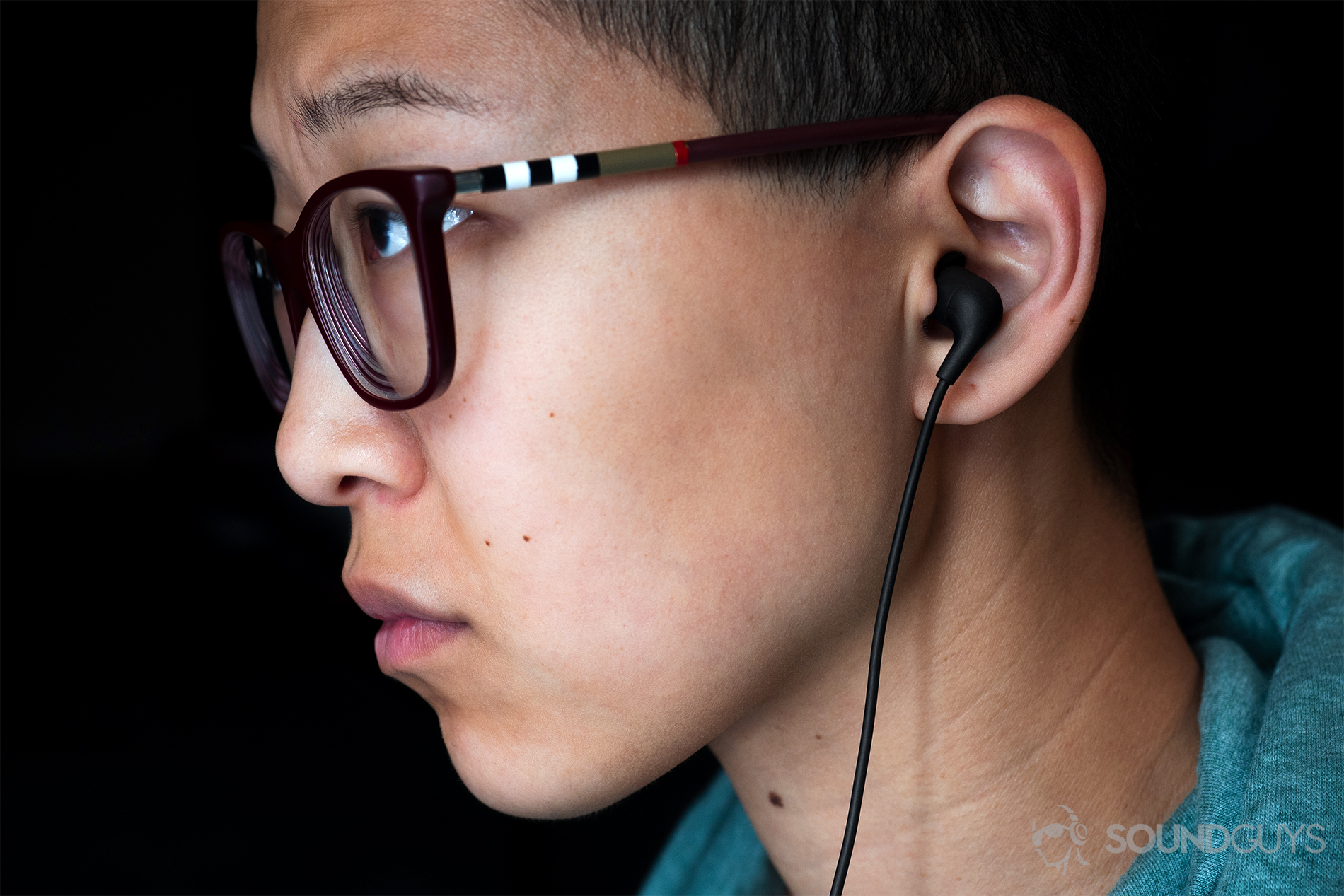
These USB-C earbuds are intended for listeners whose phones lack a 3.5mm headphone jack for one reason or five others. Within that umbrella are general consumers who will also enjoy the Pipe 2.0 because it’s a run-of-the-mill pair of earbuds that work and look nicer than the corner store alternative.
What’s inside
Listeners get seven pairs of silicone ear tips that vary in size and the USB-C Pipe 2.0 earbuds. The accessories are sparse, but AiAiAi livens things up a bit with a splash of color on the extra ear tips.
How is the AiAiAi Pipe 2.0 built?
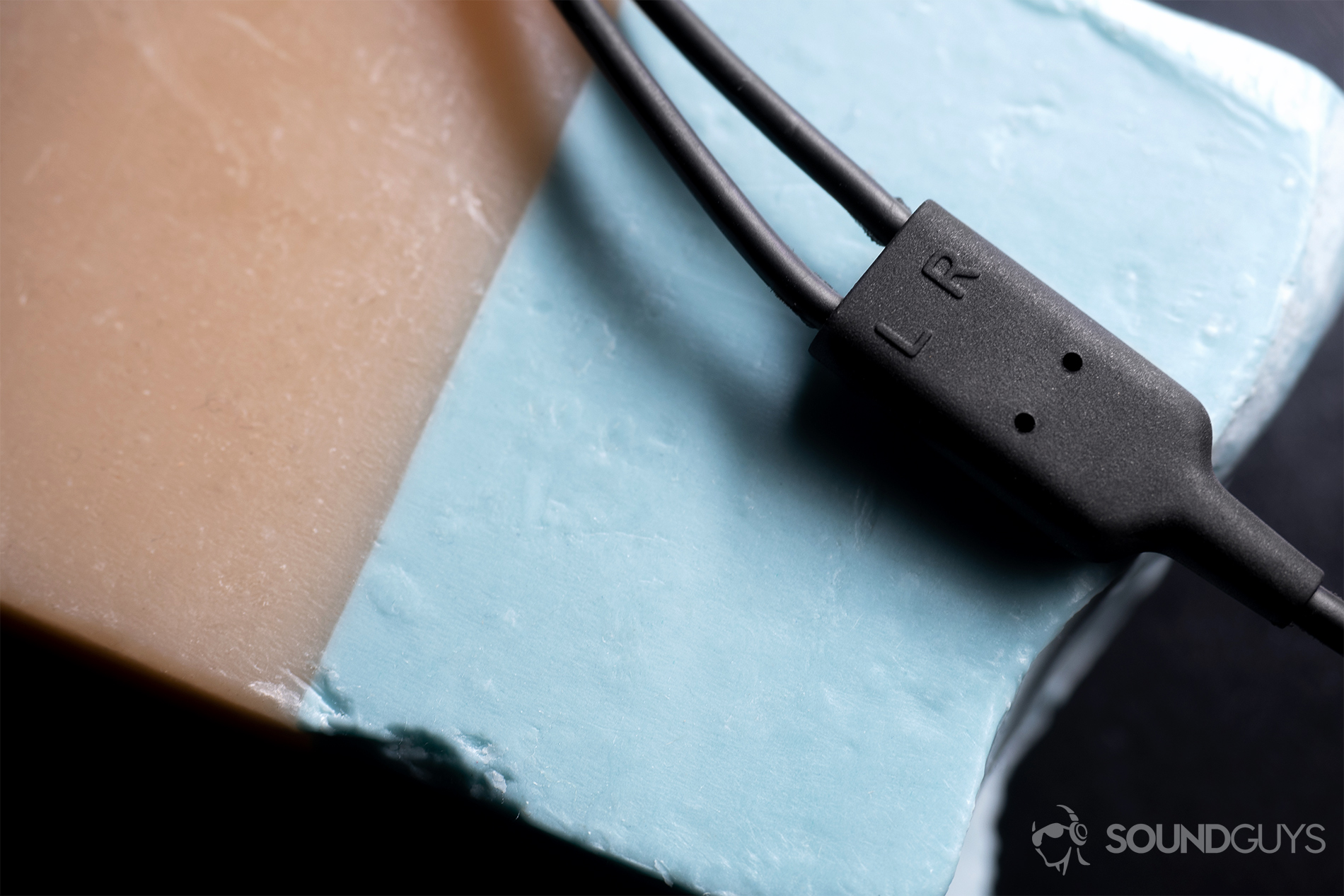
As with most earbuds under $50, these feature an all-plastic build, and listeners are afforded two colorways: black and grey. With the housings’ rounded design, there’s not a hard edge on to be found on the AiAiAi Pipe 2.0. As a consequence of the tenuous materials, the earbuds creak when pushed into the ear. This creaking continued as I moved my ears, which I’m now keenly aware happens when expressing any emotion.
Proper isolation proves difficult as the earbud nozzles don’t sport an angled design for a more ergonomic fit. The seal is easy to break, allowing in external noise which then masks whatever music is playing. Another quirk of the Pipe 2.0 is the lack of a cable management system: the Y-splitter results in two unwieldy cables extending from it that can’t be zipped together like the RHA MA650.
The well designed in-line mic and remote is a pleasure to use, its tactile buttons easy to locate without peeking down. Since the earbuds are “Made for Google” like the Jaybird Tarah, depressing the center button for a few seconds summons Google Assistant. Unfortunately, this isn’t the same as if these were Google Assistant-integrated earbuds, because the ‘buds can’t relay notification information to the listener.
Microphone quality
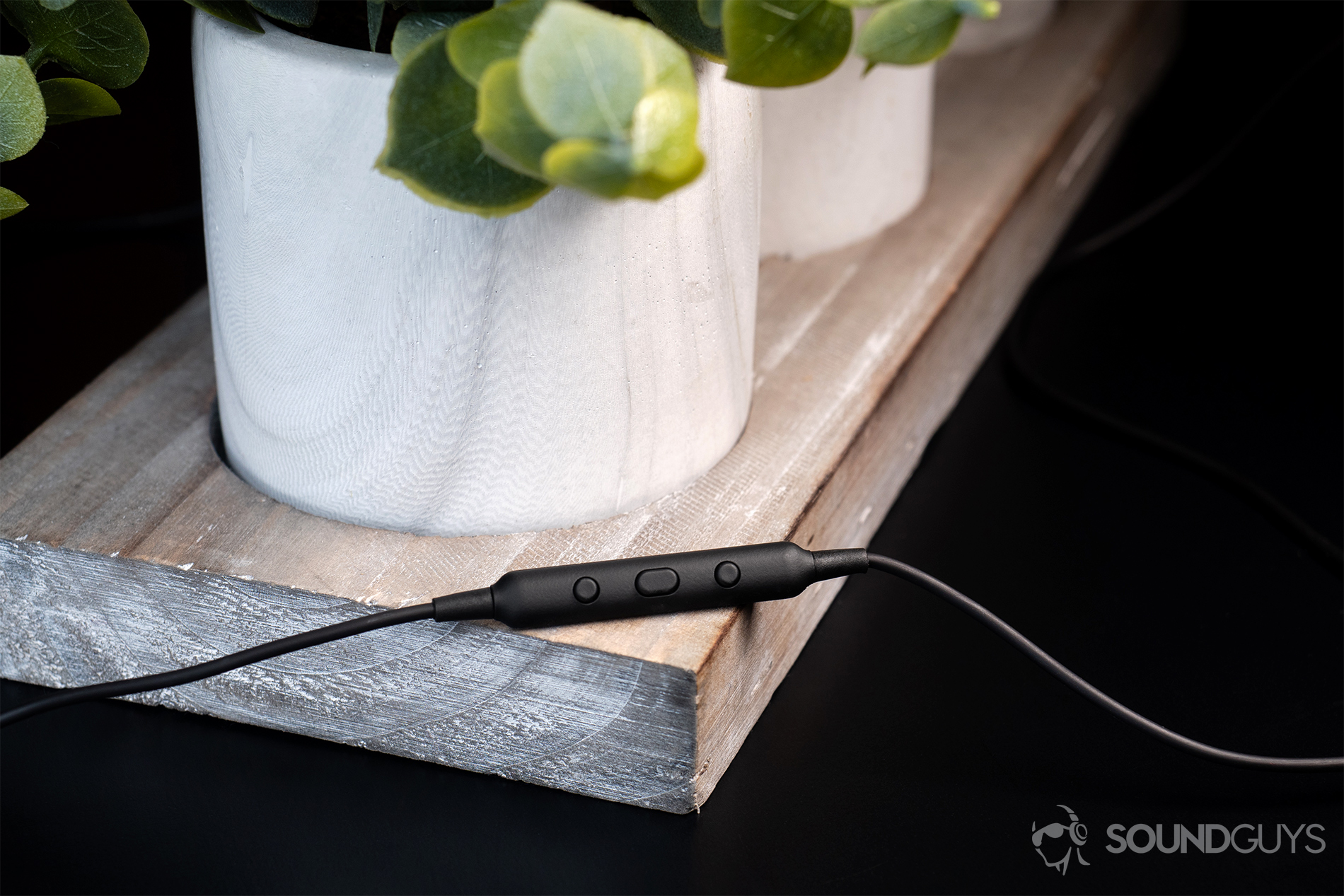
I wasn’t able to test the omnidirectional microphone since the USB-C connectivity confused my LG G6. Every call I made forced the phone’s integrated microphone to override that of the AiAiAi Pipe 2.0, likely because the G6 interpreted the earbuds as a power source or data transfer device. Although these are “Made for Google” earbuds, the microphone should be universally compatible with all Android phones.
USB-C connectivity
USB-C earbuds appear the easy solution to the disappearing headphone jack, but that’s not to say this new mode of connectivity is without issue. The obvious obstacle is that listeners can’t simultaneously listen to music while charging their devices. To workaround this, one could invest in a wireless charger like that included with the Rowkin Ascent Charge+, but that’s just extra money to throw down.
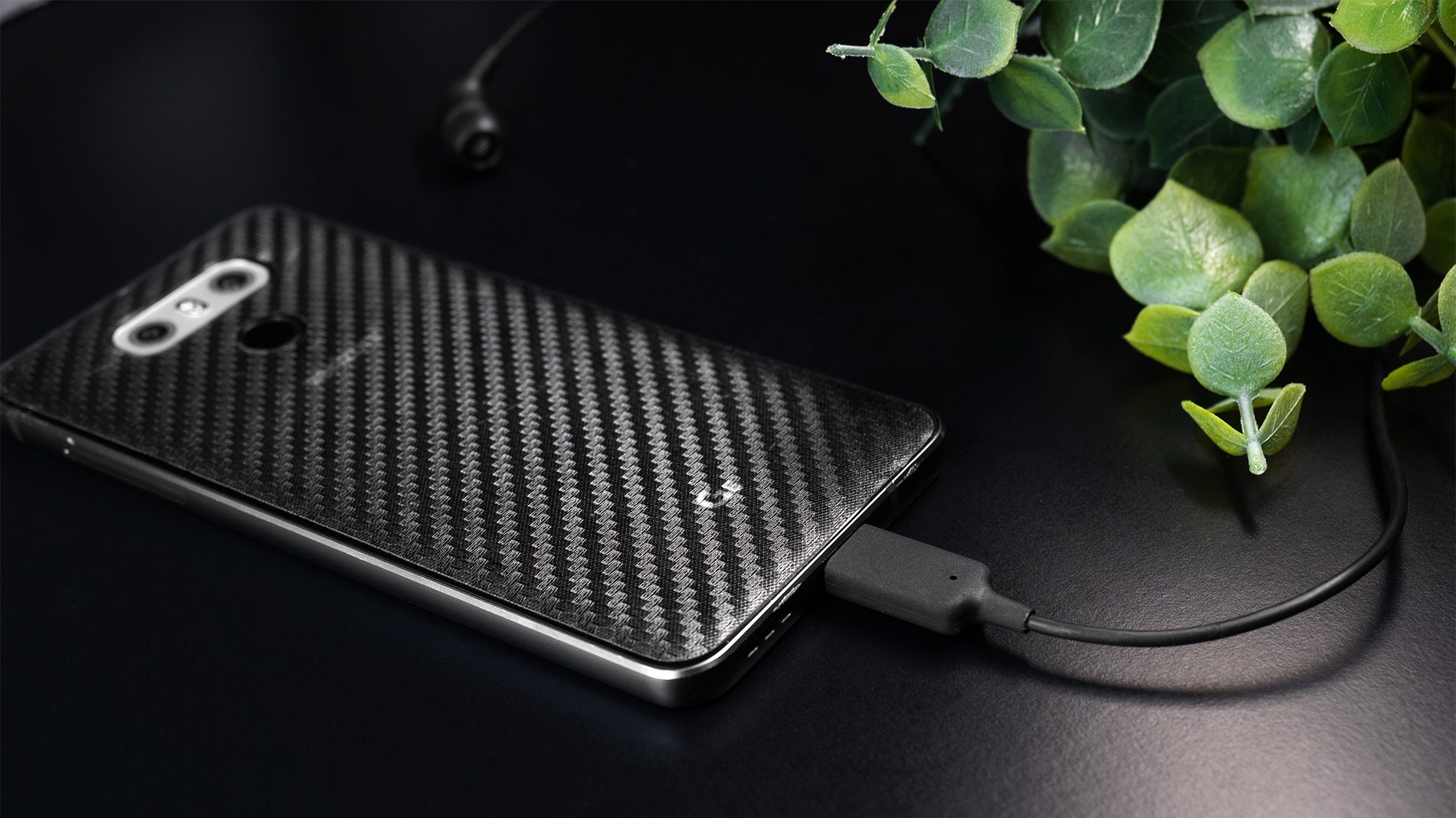
Again my LG G6 is unable to register the AiAiAi Pipe 2.0 as a pair of USB-C earbuds; rather, a prompt appears informing about USB cable transfer. Exiting that and deploying the notification shade reveals that the G6 thinks the Pipe 2.0 a power supply, which explains why my phone is unable to skip tracks with these earbuds. All foibles taken into account, the USB-C connection is reliable for audio transmission nonetheless.
Related: Best smartphones for audio 2018
How do the ‘buds sound?
Overall, the sound signature lacks clarity and detail. As indicated by the frequency response chart, the low-end is emphasized above the mids; its power is at the expense of precision, unfortunately. Isolation is all right and could be improved by investing in third-party memory foam ear tips.
Lows and mids
Inner Voices as rapped by Awkwafina is wholly dependent on a sub-bass beat that feels like you’re listening through a freshly installed sound system from the Pimp My Ride team. Its bump can be felt by the Pipe 2.0, but it’s not comparable to listening with something like the RHA TrueConnect, which benefits from excellent isolation that enhances bass response. What’s more, the lowest sub-bass frequencies are lacking as a consequence of the 9mm dynamic drivers and in-ear build which can’t work in tandem with the outer ear’s anatomy to create a more realistic sound.
Highs
In Walcott by Vampire Weekend, the cymbal hits remain veiled beneath the frenzy of piano notes from the start of the song. That said, the highs suffer from a lack of clarity. The double-time cymbal hits during the first verse seem as if the sound is traveling through water. However, the lower notes of the violin at 1:12 sound excellent relative to the highs.
Should you buy the AiAiAi Pipe 2.0?

Seeing as the USB-C headphone market is less populated than the traditionally wired arena, there are slim pickings. For better or worse, the AiAiAi is one of the better picks available for the price. If you’re pining after USB-C earbuds and don’t want to spend a fortune, these may make sense. However, if you’re open to spending a bit more on true wireless earbuds, the JLab JBuds Air and Monoprice True Wireless both sound better and more clear than the Pipe 2.0. What’s more, they’re both water-resistant and provide adequate isolation.
Still looking? Check out the best alternatives to Beats